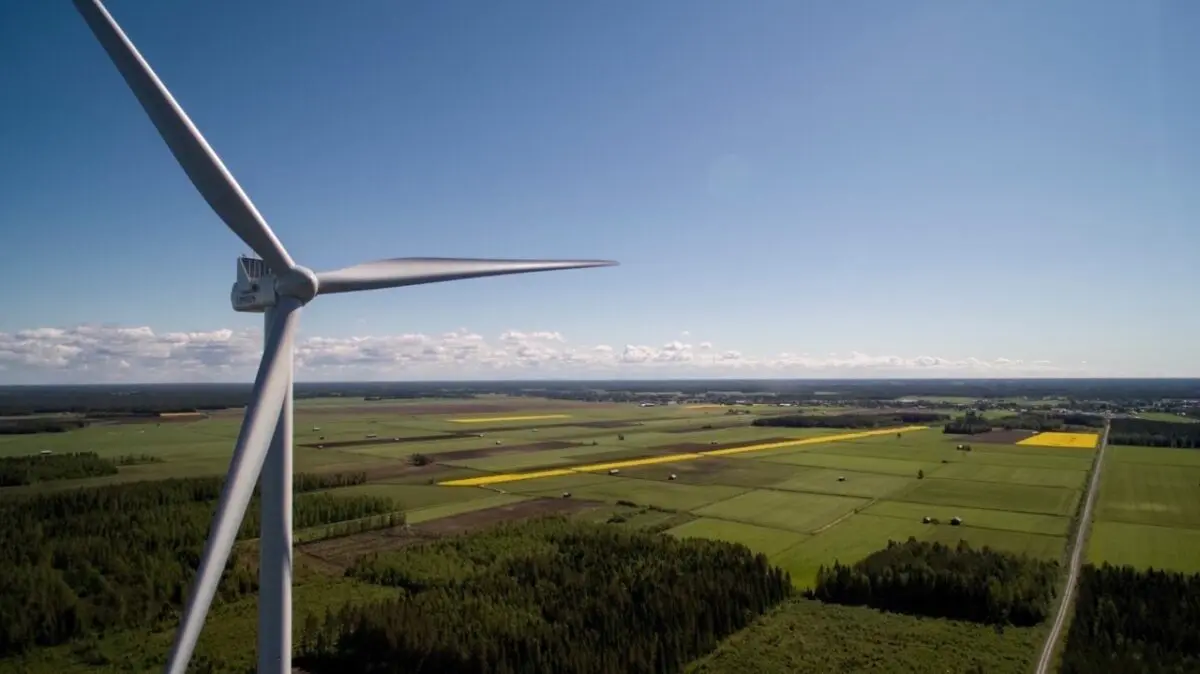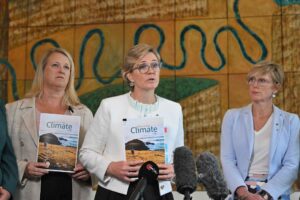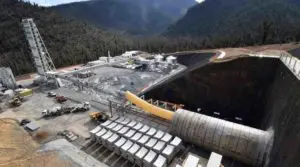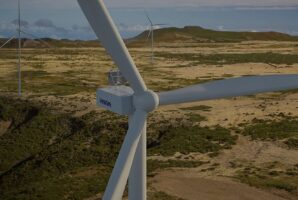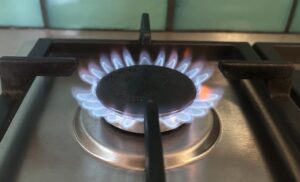Federal energy and climate change minister Chris Bowen has hinted at even bigger tenders for new wind and solar capacity, following the huge response to the first auction – already the biggest in the country – and as the country races to try and meet its ambitious renewable energy targets.
The federal government’s flagship policy is the Capacity Investment Scheme, which will seek to underwrite at least 32 gigawatts (32 GW) of new wind and solar capacity to help meet the target of 82 per cent renewables by 2030.
The first auction of 6 GW of wind and solar was heavily oversubscribed, with more than 40 GW of projects expressing an interest, which Bowen said indicated the huge pipeline of projects waiting to be built. Another tender for 600 MW of four hour storage capacity has also been heavily oversubscribed.
“Once I’ve had a bit more advice about the quality of the bids, I don’t rule out making the next auction bigger,” Bowen said at the Australian Clean Energy Summit dinner on Tuesday.
“If there are enough high quality bids as I suspect there are, then of course we should consider whether we couldn’t front load some of the auctions. But I haven’t made that decision yet.”
The result of the first 6 GW auction, which likely won’t be released until December, will be keenly watched by the industry, with huge debate and interest around how various projects will pitch their bids.
The auctions are a type of underwriting scheme, which offers a minimum price and protects projects from much of the downside of falling wholesale prices, which provides certainty to obtain cheaper finance. There is also a collar, which requires project developers to share any windfall profits.
But the bidding is complicated by other factors, including concerns about supply and labour costs, access to transmission, and planning approvals.
There are concerns about so called “zombie contracts” from developers who offer a low price that results in the project never being built. Front loading future tenders could ensure that the capacity required to meet the renewable energy target is built and connected and commissioned on time.
Simon Duggan, the deputy secretary of the federal department of climate change and energy, revealed on Tuesday that 40 GW of projects had registered their interest in the first generation tender, and 80 bids and 25 GW of projects had reached stage A. These are now being assessed and financial value bids will be called for in August and September.
The first storage tender, which focuses on Victoria and South Australia and is seeking around 2.4 gigawatt hours (MWh) of storage had more than 100 bids representing 59 gigawatt hours of dispatchable capacity offered at Stage A, or more than 20 times the tender size.
Duggan said the field had been narrowed down for stage B of the process, and he expected the winning projects to be announced in coming months.
All told, the CIS will seek 23 GW of new generation capacity and 9 GW (and around 36 GWH) of storage. Some states will receive bigger allocations, such as NSW, because of the greater capacity needed to replace retiring coal fired power stations.
Funding deals have already been locked in with South Australia, which will be supported in one gigawatt of new wind and solar and a total of 600 MW and 2,400 MWh of storage, which will ensure it meets its accelerated target of reaching 100 per cent net renewables by 2027.
South Australia is already at around 70 per cent renewables, the highest in the world in a gigawatt scale grid relying on wind and solar, and no hydro, and would be the first in the world to reach 100 per cent net renewables based only on wind and solar generation.
The “net” means that it will continue to import and export and have some gas capacity to fill in any gaps, but the amount of power generated by its wind and solar farms will be equivalent to state demand over a year.
See also Bowen says asking Australia to go nuclear is like asking the Swiss to take up surfing

